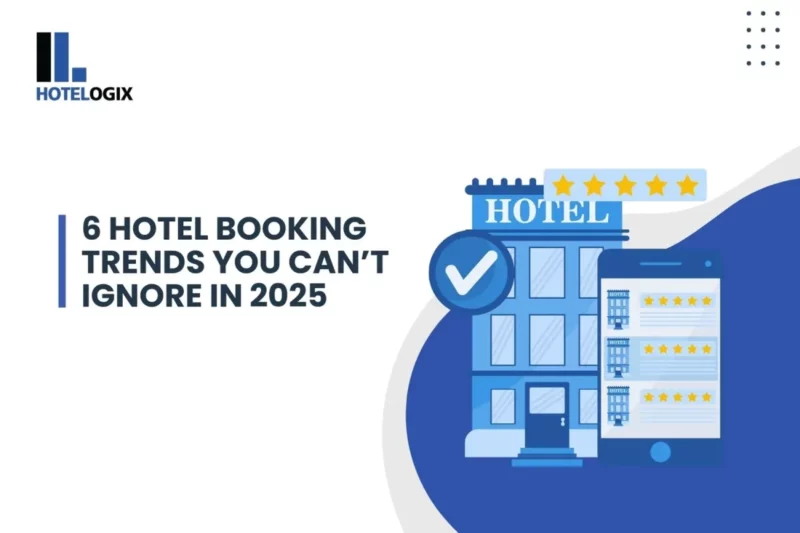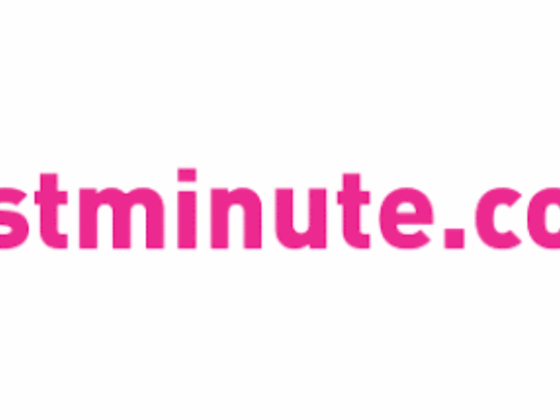Why banks, airlines, and retailers are now the biggest growth engine for online travel giants
Sep 16, 2025
Online travel’s consumer-facing fight for clicks is shifting. Expedia, Booking Holdings, and Hopper are increasingly turning to the quieter, steadier world of B2B — powering travel portals for banks, airlines, and loyalty programs. This behind-the-scenes business is growing faster than traditional consumer bookings, offering stability and reach but also raising questions about margins and competition.
Key takeaways
- Expedia’s B2B dominance: Expedia is the market leader with 70,000 partners and 160,000 travel agencies, generating nearly 30% of its gross bookings from B2B in Q2 2025 — growing at 17% versus 1% for consumer.
- Booking’s late but serious pivot: Booking Holdings is consolidating its Booking.com, Priceline, and Agoda partnership teams into a single B2B division, signaling B2B will play a bigger role after years of focusing mainly on B2C.
- Hopper’s radical shift: Hopper’s B2B arm (HTS) now drives two-thirds of its revenue, powering travel for Capital One, Uber, and others, but its scale remains far below Expedia and Booking.
- White-label and API play: B2B works by embedding OTA inventory into partner platforms via white-label portals or APIs, often invisible to consumers booking through banks, airlines, or retailers.
- Margin trade-offs: While B2B offers stability and long-term contracts, splitting commissions with partners pressures profitability. Expedia’s B2B margins are stronger than its consumer side, but analysts warn of structural limits.
- Global expansion lever: B2B enables OTAs to penetrate hard-to-reach markets and audiences without costly Google ads, with strong growth in Asia, Europe, and even China.
- Strategic importance: With consumer growth slowing and AI disrupting direct marketing channels, B2B has become both a refuge and a new growth frontier for OTAs.
Get the full story at Skift (subscription required)







